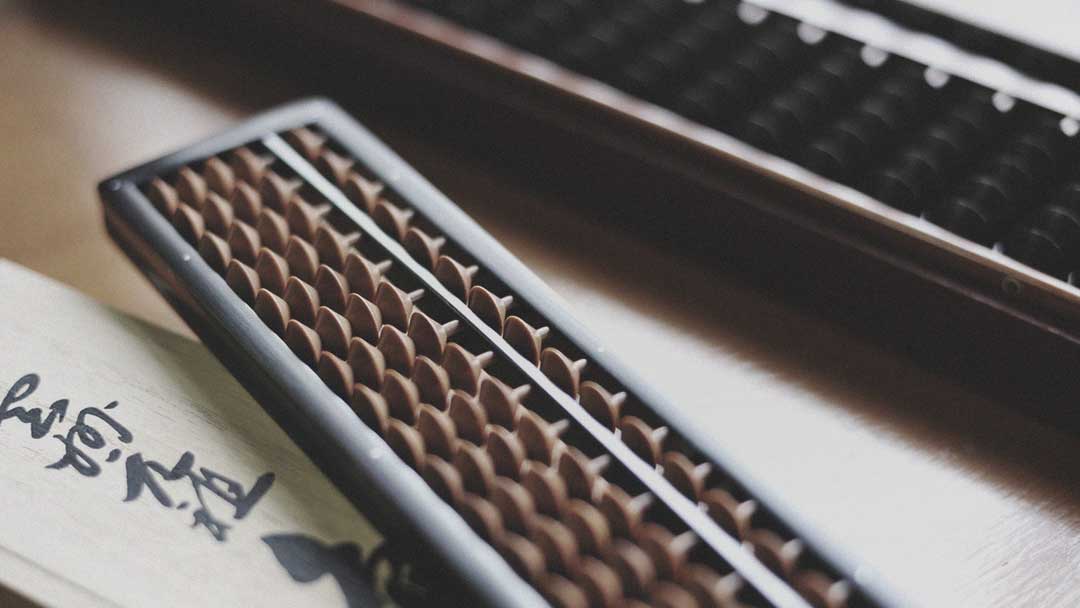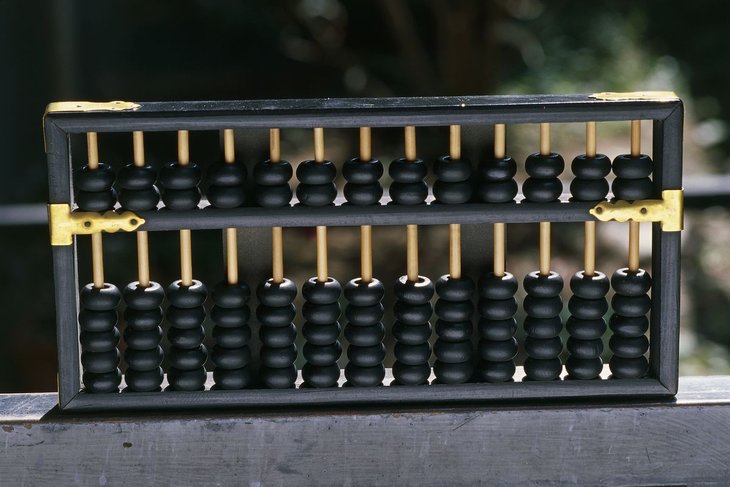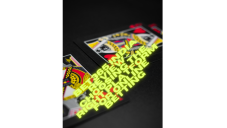All Things From A To Z About The Counting Frame Abacus - The Ancient Chinese Calculator
Jyotis - Jun 17, 2019

In the eleventh century, the Chinese abacus or the Suanpan was invented with 2/5 decks. Because of its complexity, it was replaced by Soroban from Japan.
- Shakuntala Devi Awarded Guinness World Records’ Fastest Human Computation Certificate After 40 Years
- This Magical Number Will Help You Find A Parking Space, The Perfect Apartment, And Even A Suitable Spouse
- Can You Answer This Simple Math Problem That Has Tricked Einstein?
Origin Of The Word Abacus
The word Abacus originated from the word ‘abakon’ or ‘abax’ in the Greek language, meaning ‘tabular form’ which may derive from the word ‘abq’ (‘sand’) in the Semitic language.

As the most primordial tools in mathematics in the world, the abacus was allegedly created from 300-500 BC. After a long travel, it has formed many various versions and come to a variety of countries such as China, Russia, Ancient Egypt, India, and more.
Abacus In The Past
In the past, the abacus was just a purely calculating device. Each bead in the counting frame was assigned to a value from a units place from left to right. In terms of values, the values of the upper deck’s beads were different from those of the lower deck’s beads. To conduct any calculation, users must use their two hands at the same time.

Accordingly, the beads’ movements were the major factor to determine the results of all calculations. The abacus was allegedly among the list of the most outstanding inventions of the ancient people, especially when considering its helpfulness towards the traders and merchants.
How Did It Exist?
In a period of time in history, people only knew how to use 9 digits from 1 to 9. That’s why the traders had a lot of difficulties in calculating the cost of buying and selling goods. The appearance of the abacus was actually magic that helped them to further approach long subtractions, additions, divisions, multiplications, as well as negative numbers.
In terms of the initial structure, the counting instrument included a wooden frame with beads of pebbles and stones, which had been aligned horizontally, instead of the vertical alignment as now. After a long period of development, it has had lots of changes and now, it is one of the efficient tools that are designed for children to develop their brain.

How Has It Been Improved?
Who was the true creator of the Abacus? Many believed that ancient Chinese people invented this wonderful calculating device; however, some said that it was a product of Babylonian ones in 300 Before Christ. At that time, it was among the most accurate and primeval calculators across the world. According to some evidence, Indians used the abacus with a distinct column containing ‘shunya’ (meaning ‘zero’). Until now, historians have been looking for the real origination of this initiative.
In the 300 BC, Babylonians used the Salamis tablet which was allegedly the forefather of the counting frame. After that, the Greek and Roman abaci appeared with the same functionality but different presentation and orientation. In each period, the abaci have had certain differences in their forms to ensure the adaptability in each separate region from Russia, Japan, Rome, Persia, Korea, India to China.

In the eleventh century, the Chinese abacus or the Suanpan was invented with 2/5 decks. Because it was too complicated, it was then replaced by the Japanese abacus Soroban. The later counting frame was a product of Seki Kowa, a renowned mathematician who reduced one bead from both the lower and upper decks to form a new abacus with ¼ decks.
The Current Abacus
Nowadays, we are using the Soroban abacus from Japan. This kind of counting device has still shown its popularity with the huge users and been used on the education system in many various countries.
Featured Stories

Features - Dec 18, 2024
6 Cutting-Edge Features of Galaxy AI & Lineup of Supported Samsung Smartphones

Features - Jan 23, 2024
5 Apps Every Creative Artist Should Know About

Features - Jan 22, 2024
Bet365 India Review - Choosing the Right Platform for Online Betting

Features - Aug 15, 2023
Online Casinos as a Business Opportunity in India

Features - Aug 03, 2023
The Impact of Social Media on Online Sports Betting

Features - Jul 10, 2023
5 Most Richest Esports Players of All Time

Features - Jun 07, 2023
Is it safe to use a debit card for online gambling?

Features - May 20, 2023
Everything You Need to Know About the Wisconsin Car Bill of Sale

Features - Apr 27, 2023
How to Take Advantage of Guarantee Cashback in Online Bets

Features - Mar 08, 2023
Comments
Sort by Newest | Popular